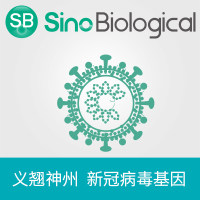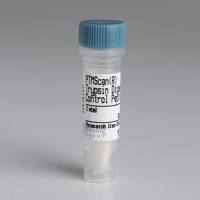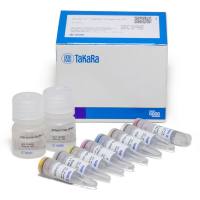15 Targeted Gene Transfer: A Practical Guide Based on Experience with Lipid-Based Plasmid Delivery Systems
互联网
471
The overall goal of gene therapy is to cure or stabilize a disease process that results from the production of a mutant protein (for example, the chloride channel protein important in cystic fibrosis) or overproduction of a normal protein (such as the products of certain oncogenes). We can achieve this goal by replacing the defective gene or by reducing the overexpression of the target gene using an antisense strategy, thus reducing the production of the diseasepromoting protein (1 ,2 ). For either method, it is critical to transfer DNA into target cells in a concentration high enough to be effective in modifying the disease. DNA must be delivered to the desired cell population in an intact state, whereby it can be efficiently transcribed and ultimately translated. The method of gene transfer must be highly efficient and nontoxic, and the delivery system must be relatively easy to prepare and administer (3 ). There is a great deal of optimism surrounding the development of gene therapy as an effective strategy for management of many different human diseases. The active agent used to procure gene therapy is likely to consist of oligonucleotides, ribozymes, or a DNA sequence that can be transcribed into a message capable of eliciting a therapeutic response. Unlike conventional small-molecule therapeutics however, gene therapy requires the use of a carrier system to deliver the active agent directly into the target cell population.









